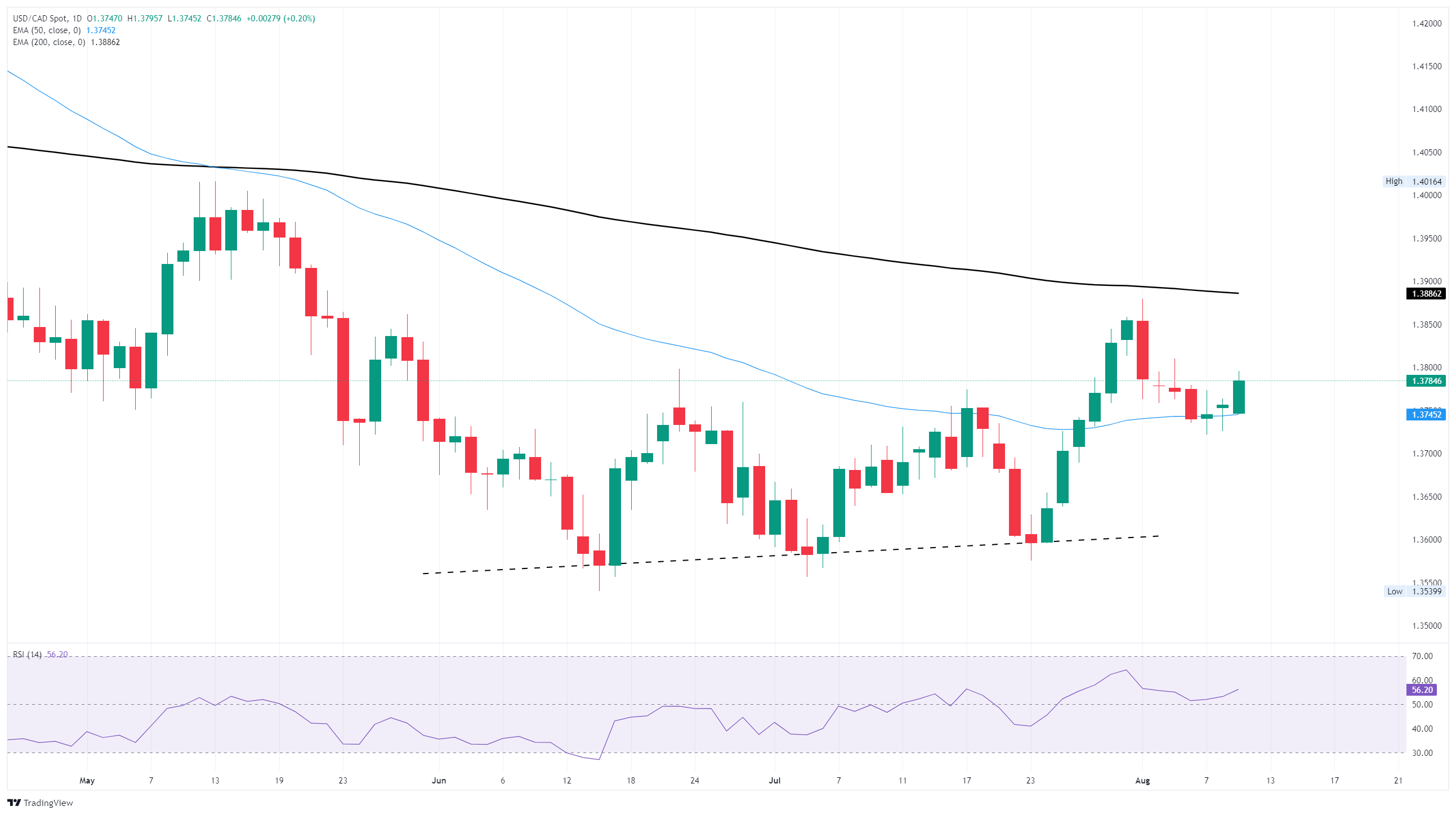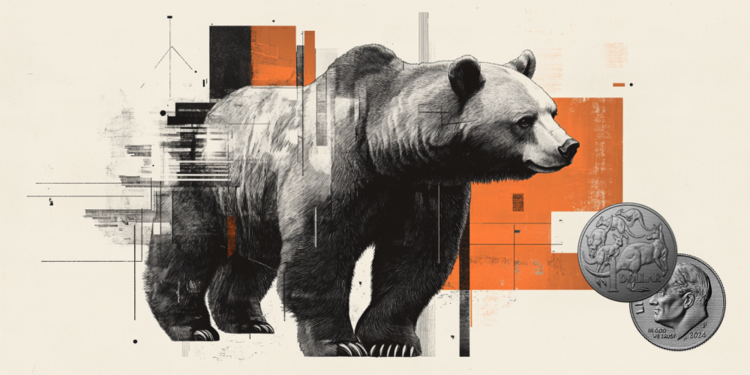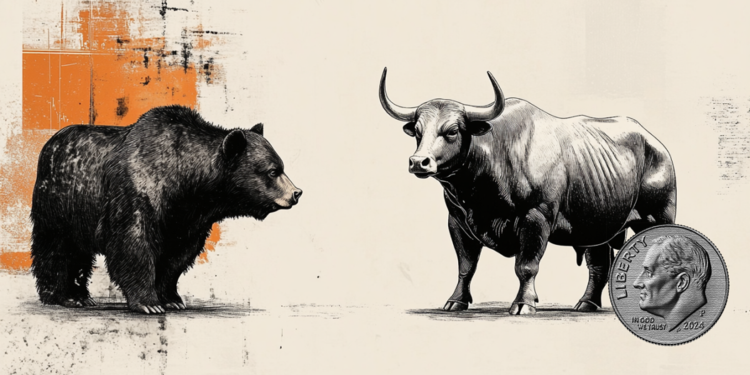- The Canadian Dollar eased back 0.2% on Monday against the US Dollar.
- Markets are keeping one foot in the safe-haven Greenback ahead of key US CPI inflation.
- A thin week on the Canadian side of the data docket leaves USD flows in the driver’s seat.
The Canadian Dollar (CAD) retreated on Monday, falling one-fifth of one percent against the US Dollar (USD) ahead of the latest US Consumer Price Index (CPI) inflation print on Tuesday. Markets are keeping one foot firmly planted in the safe-haven Greenback ahead of the key inflation reading, sucking the wind out of Loonie bulls’ collective sails in the process.
Core CPI inflation data from July is expected to tick higher this week, which could spell disaster for the market’s current trajectory on Federal Reserve (Fed) rate cut hopes. A dismal Nonfarm Payrolls (NFP) report at the start of the month sparked a one-sided plunge into bets of a September rate cut, and also triggered President Donald Trump to hastily fire the head of the US’s Bureau of Labor Statistics. The hunt is still on for a replacement data chief at the BLS, and markets are now pivoting to see if the latest round of inflation will be high enough to knock back rate cut expectations.
Daily digest market movers: Canadian Dollar eases back as US Dollar gains ground
- Monday saw the Canadian Dollar fall back against the US Dollar, but still remains within familiar technical territory.
- The Loonie’s near-term bullish momentum has faded away, giving the Greenback another leg up from key moving averages.
- USD/CAD is rebounding into the 1.3800 region after a brief but one-sided backslide below 1.3740.
- Headline US CPI inflation is expected to tick up to 2.8% YoY on Tuesday, with core CPI forecast to rise to 3.0% YoY.
- With inflation pressures back on the upswing, it could be difficult for the Fed to justify a rate cut on September 17, even with fresh weakness in the US labor market.
Canadian Dollar price forecast
The Canadian Dollar’s weakness is the US Dollar’s gain, and Monday’s refreshed Greenback bids have bolstered the USD/CAD pair back toward 1.3800 after finding a technical floor at the 50-day Exponential Moving Average (EMA) near 1.3745. USD/CAD is still down nearly 0.7% from its recent high of 1.3880, and continued bullish momentum on the chart will see the US Dollar challenging the 200-day EMA near 1.3886.
USD/CAD daily chart

Canadian Dollar FAQs
The key factors driving the Canadian Dollar (CAD) are the level of interest rates set by the Bank of Canada (BoC), the price of Oil, Canada’s largest export, the health of its economy, inflation and the Trade Balance, which is the difference between the value of Canada’s exports versus its imports. Other factors include market sentiment – whether investors are taking on more risky assets (risk-on) or seeking safe-havens (risk-off) – with risk-on being CAD-positive. As its largest trading partner, the health of the US economy is also a key factor influencing the Canadian Dollar.
The Bank of Canada (BoC) has a significant influence on the Canadian Dollar by setting the level of interest rates that banks can lend to one another. This influences the level of interest rates for everyone. The main goal of the BoC is to maintain inflation at 1-3% by adjusting interest rates up or down. Relatively higher interest rates tend to be positive for the CAD. The Bank of Canada can also use quantitative easing and tightening to influence credit conditions, with the former CAD-negative and the latter CAD-positive.
The price of Oil is a key factor impacting the value of the Canadian Dollar. Petroleum is Canada’s biggest export, so Oil price tends to have an immediate impact on the CAD value. Generally, if Oil price rises CAD also goes up, as aggregate demand for the currency increases. The opposite is the case if the price of Oil falls. Higher Oil prices also tend to result in a greater likelihood of a positive Trade Balance, which is also supportive of the CAD.
While inflation had always traditionally been thought of as a negative factor for a currency since it lowers the value of money, the opposite has actually been the case in modern times with the relaxation of cross-border capital controls. Higher inflation tends to lead central banks to put up interest rates which attracts more capital inflows from global investors seeking a lucrative place to keep their money. This increases demand for the local currency, which in Canada’s case is the Canadian Dollar.
Macroeconomic data releases gauge the health of the economy and can have an impact on the Canadian Dollar. Indicators such as GDP, Manufacturing and Services PMIs, employment, and consumer sentiment surveys can all influence the direction of the CAD. A strong economy is good for the Canadian Dollar. Not only does it attract more foreign investment but it may encourage the Bank of Canada to put up interest rates, leading to a stronger currency. If economic data is weak, however, the CAD is likely to fall.







